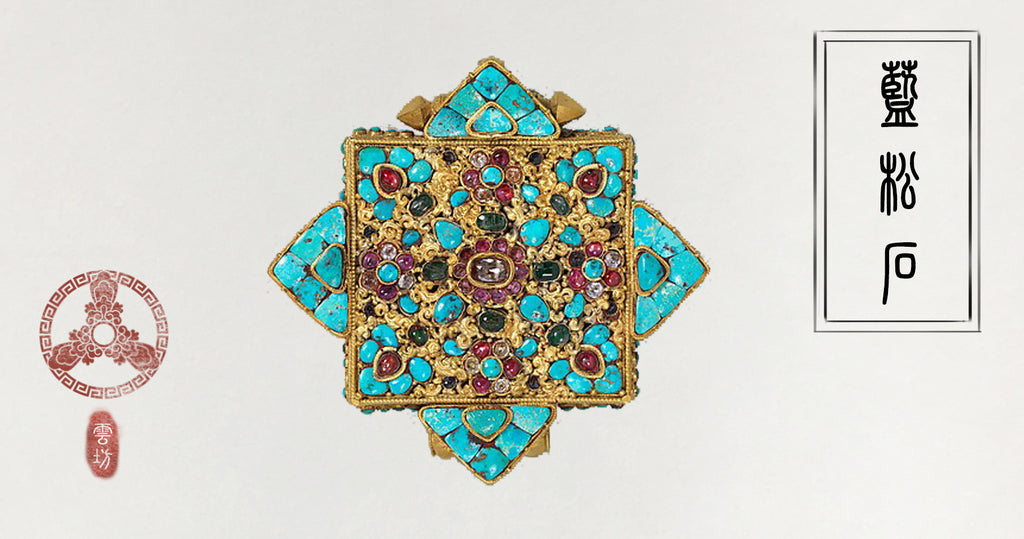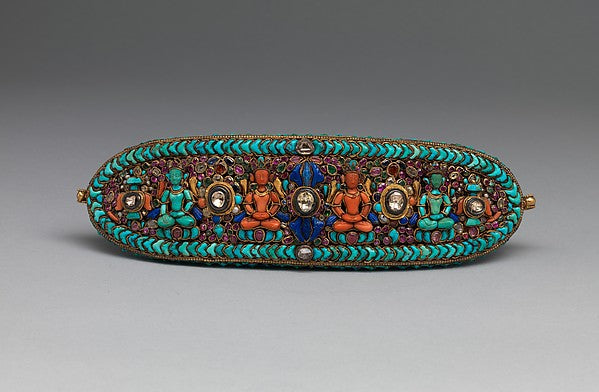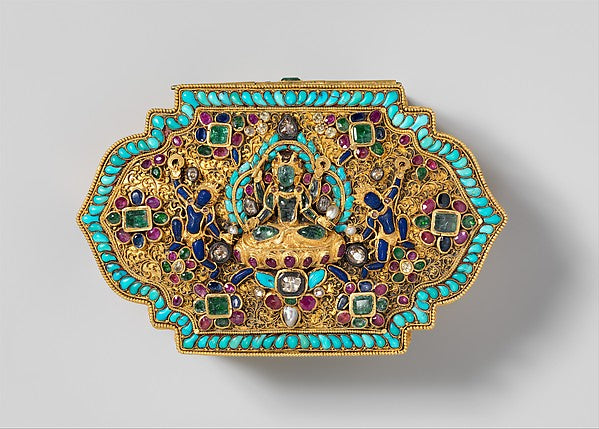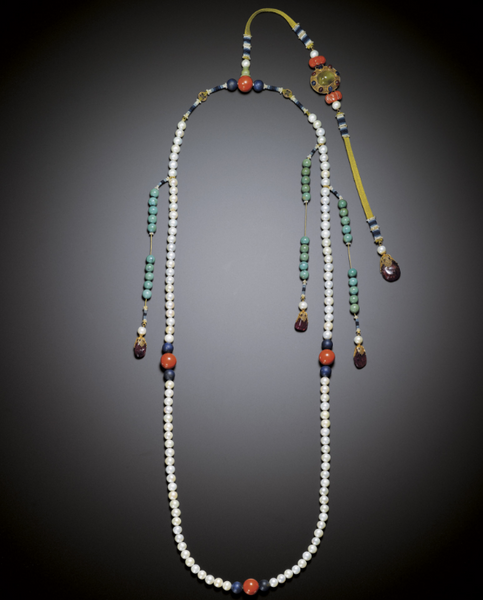8% off orders over $100, 15% off orders over $150, 20% off orders over $300.
Menu
-
- Specials
-
Types
-
Symbols
- Auspicious Cloud | Heaven
- Lotus | Purity & Elevation
- Phoenix | Rebirth and Fidelity
- The Nine | Eternity and Completeness
- Bamboo | Strength and Resilience
- Ruyi | Wish Fulfillment
- Moon | Mystery & Elegance
- Herbal Locket | Hidden Protection
- Tassel | Elegant Charm
- Butterfly and Flower | Love
- Plum Blossom | Endurance and Resilience
- Chinese Knot | Harmony, Tradition, Legacy
- Pumpkin | Prosperity & Abundance
- Pipa | Celestial Music
- Hulu Gourd | Protection and Prosperity
- Fish | Prosperity
-
Collections
- Atlantis
- Revive Your Inner Kingdom
- Auspicious Origin
- Auspicious Flower
- Udumbara Flower
- Return to Origin
- Celestial Cloud
- Elf Forest
- Gold Lotus
- Serene Lotus
- Pearl Elegance
- Radiance
- Metropolis Hermit
- The Nine
- Moon Goddess
- Tassel Elegance
- Chic Velvet Choker
- The Cloud
- Lotus Leaf
- Realm of Peace
- Four Season
-
Craftsmanship
-
Gemstones
- Pearl | Purity and Wisdom
- Jade | Stone of Heaven
- Turquoise | Protection and Healing
- Tridacna | Realm of Peace
- Lapis | Truth and Enlightenment
- Rose Quartz|Love, Healing, Compassion
- Amethyst | Clarity and Tranquility
- Amber | Vitality and Protection
- Carnelian | Courage and Vitality
- Coral | Protection and Prosperity
- Tourmaline | Energy and Balance
- Crystal | Healing and Clarity
-
Birthstone
-
Style
-
Price
-
- Jewelry Set
- Necklaces
- Earrings
- Bracelets
- Hair Jewelry
- Glasses Chains
- Rings
- Anklets
- Ornaments
- Login
-
English

8% off orders over $100, 15% off orders over $150, 20% off orders over $300.
Turquoise: Fossil from Pine Trees
June 23, 2016 3 min read

As a stone used by legendary goddess Nuwa for repairing the pillar of heaven, turquoise has never lacked a connection with immortals. In the creation myth of Chinese ethnic group the Naxi, turquoise is even one of the gods that created the world.
Many legends about turquoise have been recorded in various books and poems from ancient China. A lot of them refer to the same common understanding about the origin of this gemstone, thought to be pine trees, a symbol of longevity, virtue, and solitude in Chinese culture.

Fossil from Pine Trees
Chinese people believed that turquoise is a fossil that comes from pine trees. Thus the Chinese name of turquoise “藍松石” means “blue pine tree fossil”.There were two centres of turquoise culture in China, one in the North and one in the South. Both involve legendary stories of how pine tree wood turns into turquoise.

In southern China, Yongkang city, Zhejiang province became famous for turquoise in the Tang Dynasty (618-907), and later became the centre of turquoise culture in southern China. According to records in documents about local temples passed on dynasty by dynasty, there was a legendary old pine tree that wanted to transform into a dragon. When a famous Daoist master passed by he pointed at the pine tree and said: “This tree is more than 3000 years old. So it cannot transform into a dragon. It can only become stone instead.” Just after his words, a storm and thunder started, the old pine tree broke into several pieces and transformed into big chunks of turquoise. (The historical account even mentions the specific day on which this happened, and exactly where to and from the Daoist was travelling, which is pretty amazing...) This turquoise and the building built specially beside the legendary broken pine tree have now become a famous place of interest. And there is even a Qing Dynasty poem about how the old pine tree turned into turquoise after being pointed at by the Daoist.

Turquoise culture in northern China started during the Northern Song Dynasty (960-1127). A book edited by Ouyang Xiu, one of the most famous scholars of the time, mentions the mysterious Kanggan River, that transforms pine tree wood into turquoise when the wood stays in the water for three years. From then on Kanggan River became the center of turquoise culture in northern China.
There is a long history of turquoise being given as a gift to Chinese royalty. Early in the Spring and Autumn period (771-476 BC) a book by Confucius mentions a special stone which appears on the royal gift list, described as “like jade but not jade, like a stone but not a stone”. In the records of the Ming Dynasty and Qing Dynasty, the same stone from the same place also appears on the royal list, confirming it as turquoise. For this reason some scholars argue that the description by Confucius is the earliest record of turquoise in human civilization.
This article is part of the Divine Land Gemstone Compendium, a weekly series by Yun Boutique exploring the gemstones of ancient China and their significance to Chinese culture. See the full series here. Subscribe to the email newsletter to receive future installments.
Edited by James Poulter.
Leave a comment
Subscribe
Sign up to get the latest on sales, new releases and more …

